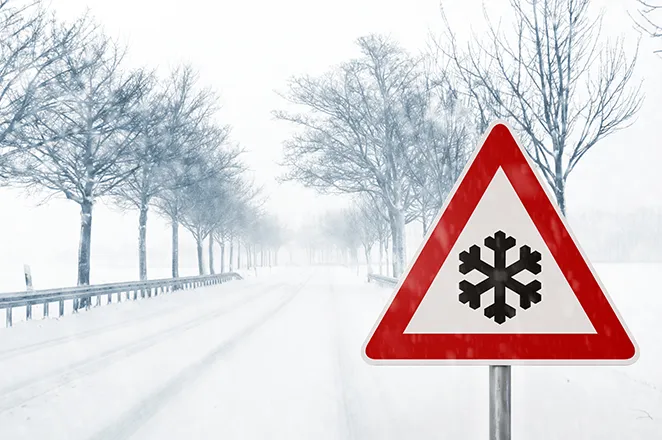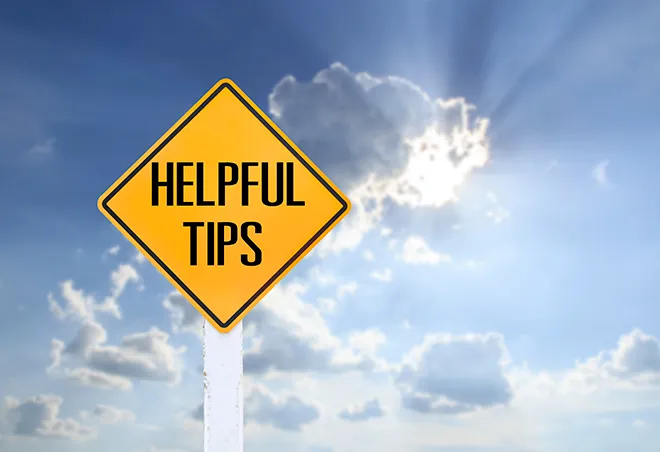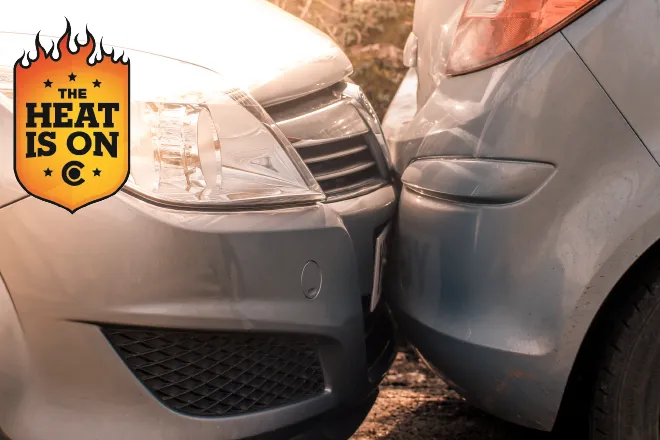
Reduce Your Risk of Being Injured by Lightning
Colorado Lightning Safety Awareness Week continues through Saturday. Today we discuss outdoor lightning risk reduction. Tuesday's article can be found here.
Outdoors is the most dangerous place to be during a thunderstorm. Each year, nearly all people in the United States who are injured or killed by lightning were involved in an outdoor activity. They were struck while working outside, were at or participating at an outdoor sporting event, were boating or fishing. They were struck while hiking, mowing the lawn or simply going to or from their car. Quite a few were on their own property when they were struck.
Unfortunately, there is no place outside that is safe from lightning. The only safe place to be when lightning is occurring is either inside a substantial building, or an enclosed automobile.
Here are some important things to remember before venturing outdoors,
An informed decision will help you avoid being in an area where lightning is expected to occur. Before heading out, get an updated forecast. Stay tuned to NOAA Weather Radio, check National Weather Service web sites, or access your favorite weather apps on your cell phone for the latest forecast.
In Colorado, it is important to remember that thunderstorms typically develop in the mountains after 11 am. So it is best to plan your climbing or hiking trip so that you are coming down the mountain by late morning.
If thunderstorms are in the forecast, consider planning an alternate indoor activity or make plans which will allow you to quickly get into a safe shelter.
Once you are outside, keep up-to-date on the weather via your smart phone or portable NOAA weather radio receiver. Check for updated forecasts. Check if storms are near you by checking the latest radar imagery on your cell phone. There are now several smart phone apps you can purchase that show you real-time lightning activity in your area. Do not forget to simply look around you to make sure storms are not developing in your vicinity.
We will now discuss two outdoor scenarios. The first is what to do if you are outdoors and a safe location IS nearby, while the second scenario is what to do if you are outdoors and NO safe location is nearby.
If you are outside, such as a park, a lake, or an outdoor sporting event, know where the nearest safe location is located at. A safe location is any substantial building, such as a business, a home, or a church. Any enclosed hard topped automobile also offers excellent protection from lightning. Once you hear thunder or see lightning, immediately stop what you are doing and quickly get to the safe shelter. Do not wait until the rain starts to seek safe shelter. Once inside a safe shelter, it is recommended you stay there for 30 minutes after the last rumble of thunder.
Past history has shown that most people who were outdoors and were injured or killed by lightning had access to a safe shelter nearby. Do not wait to seek safe shelter when lightning threatens. When you hear thunder or see lightning, it is important for you, and your family, to act quickly.
It is critically important to avoid shelters that are not safe from lightning, including picnic shelters, bullpens, tents and any other small buildings that are open to the elements. NEVER, NEVER, get under a tree to seek shelter from lightning.
It is important that all sports leagues and other outdoor groups have a lightning response plan that is understood and consistently applied for the safety of the participants. Part of the plan would include a designated weather watcher at each outdoor event with the authority to postpone or cancel the event due to the threat of lightning. It is also important that people know where to seek safe shelter if a storm threatens. As we have seen recently, the NCAA, the NFL and MLB now delay games when lightning is in the area.
Our second scenario involves what you can do to reduce your chances of being injured or killed by lighting if no safe shelter is nearby. This situation typically occurs to people who are hiking or camping in the backcountry. Unfortunately, in this scenario, there is not much you can do to reduce your risk from being struck by lightning. The best thing to do is move away from tall isolated objects, such as trees. Stay away from wide open areas. Stay as low as possible with your feet close together if lightning is nearby. If you are with a group of people, spread out, that way if someone is struck by lightning, the others can offer first aid. If camping in the backcountry, place your tent in a low area away from tall isolated trees.
Remember, When Thunder Roars, Go Indoors!
There are a couple of web sites that contain additional lightning information.
NOAAs lightning website which contains abundant information on lightning safety can be found at, www.lightningsafety.noaa.gov
Lightning information specific for the State of Colorado can be found at, www.weather.gov/pub/lightning
The lightning topic for tomorrow will be on indoor lightning safety.














